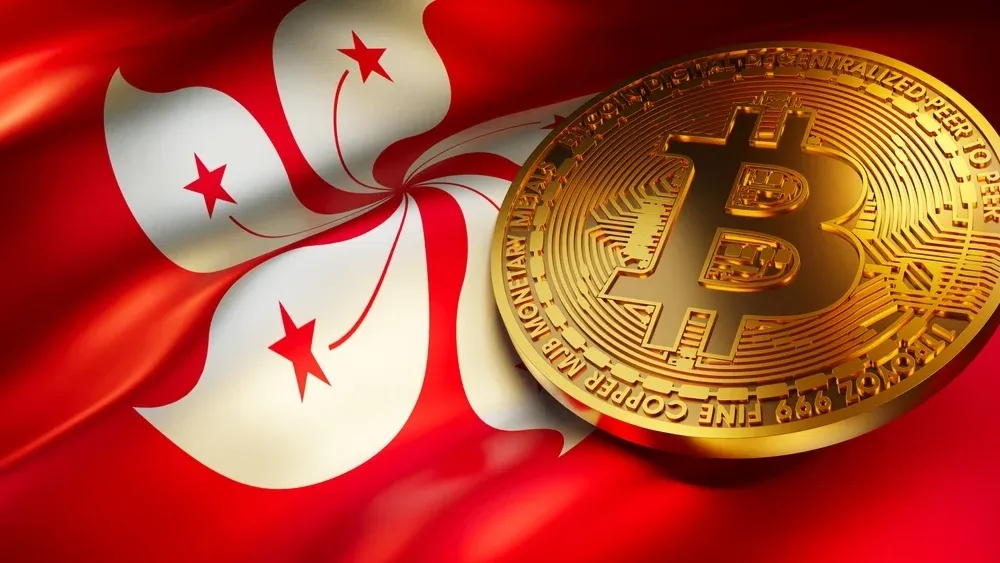Hong Kong Launches Digital Asset Policy 2.0 to Advance Stablecoins, Tokenization, and Regulation

Hong Kong has unveiled its latest digital asset policy roadmap, signaling a deeper commitment to becoming a global leader in crypto regulation, innovation, and real-world asset (RWA) tokenization. Announced on June 26, Policy Statement 2.0 on the Development of Digital Assets marks the city’s most ambitious effort yet to balance innovation with robust oversight in the fast-evolving blockchain space.

Building on its original 2022 framework, the updated strategy introduces the “LEAP” framework—short for Legal clarity, Expansion of tokenization, Adoption acceleration, and People development. It’s a comprehensive plan aimed at creating a secure, flexible, and globally competitive digital asset ecosystem.
A Unified Regulatory Vision
At the heart of Policy 2.0 is a renewed push to establish consistent, high-trust regulation across the crypto landscape. The Securities and Futures Commission (SFC) will oversee licensing for exchanges, stablecoin issuers, dealers, and custodians. Meanwhile, the Financial Services and the Treasury Bureau (FSTB), alongside the Hong Kong Monetary Authority (HKMA), will conduct a legal review to support the use of tokenized instruments—including government bonds and other real-world assets—on blockchain platforms.
Scaling Tokenization Across Markets
The new policy also sets the stage for a broader expansion of tokenized products. Hong Kong aims to normalize tokenized government bonds, provide tax clarity for tokenized ETFs, and encourage their trading on licensed platforms. Additional plans target the tokenization of gold, renewable energy, and other traditionally illiquid markets—making them more accessible and tradable using blockchain infrastructure.
Stablecoins and Real-World Adoption
Hong Kong’s stablecoin licensing regime is scheduled to launch on August 1. The government plans to actively test stablecoin use cases in areas such as payments, cross-border remittances, and broader financial services. The ultimate goal: to prove that stablecoins can be practical, compliant, and integrated into daily economic activity.
To support this, the government will promote collaboration between regulators, fintech companies, and infrastructure providers to ensure stable, secure, and scalable systems.
Talent and Research Development
In addition to regulation and infrastructure, Hong Kong is also looking to secure its future talent pipeline. The policy outlines partnerships with academic institutions and global industry players to develop research programs, training initiatives, and long-term workforce strategies for the digital asset space.
A Strategic Global Move
Financial Secretary Paul Chan described the policy update as a pragmatic yet forward-looking strategy.
“Policy Statement 2.0 sets out our vision for digital asset development and showcases the practical use of tokenisation,” Chan said. “It will bring benefits to both the economy and society while consolidating Hong Kong’s leading position as an international financial centre.”
With Policy Statement 2.0, Hong Kong is doubling down on digital assets—building the legal, technical, and educational foundations needed for long-term adoption. By embracing tokenization, stablecoins, and global partnerships, the city aims not only to lead in Asia but to help shape the next chapter of finance worldwide.
